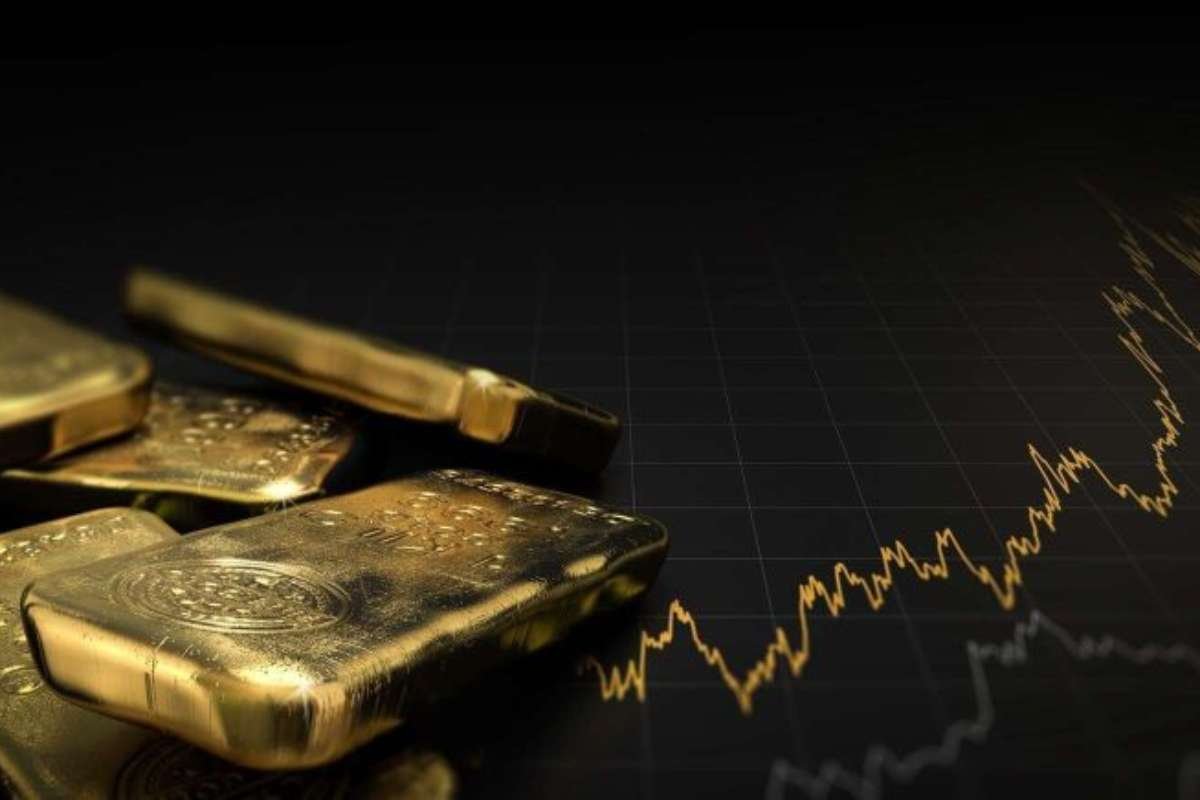Gold Surges Before Pulling Back Amid Tariff Concerns
Gold prices experienced a notable rally on Thursday, rising over 1% before retreating to $3,046 per ounce by the end of the session. The surge was driven by fresh tariff measures announced by U.S. President Donald Trump, who signed a proclamation imposing a 25% tariff on auto imports. This announcement, made on Wednesday, created volatility in the commodities market, particularly for gold, as investors sought safe-haven assets in response to the escalating trade tensions. The increase in gold prices occurred just hours before the U.S. trading session, highlighting the market’s sensitivity to geopolitical developments.
Trump’s latest tariff move intensified economic uncertainty, with traders closely monitoring potential retaliatory actions from other nations. The president also hinted at additional tariffs targeting European Union and Canadian goods, while discussions about Trump tariffs on gold have added another layer of complexity. This uncertainty has left markets in flux, with investors evaluating the long-term implications of these measures. This ambiguity surrounding future trade policies has left the market in a state of flux, with investors attempting to assess the long-term impact of these measures.
Gold Market Faces Uncertainty Amid Trade Disputes and Legal Battles
Beyond the direct impact of trump tariffs on gold market remains affected by broader economic developments. Sibanye and Gold Fields, two major players in the mining sector, are currently entangled in a legal dispute with the Rand West City Local Municipality over property valuations. This prolonged legal battle, ongoing for nearly a decade, has added an additional layer of uncertainty to the gold industry. Meanwhile, Gold Fields continues to engage in a competitive bidding war with Australian mining company Gold Road Resources, further influencing investor sentiment.
In the wake of these developments, Goldman Sachs has raised its gold price forecast to $3,300 per ounce by the end of the year. The financial institution cited strong demand from central banks and sustained inflows into bullion-backed exchange-traded funds (ETFs) as key factors driving the upward price projection. As economic conditions remain unpredictable, market analysts expect gold to maintain its role as a preferred asset for investors seeking stability.
Technical Analysis: Key Levels for Gold Prices
From a technical perspective, gold prices remain in a bullish trend, supported by safe-haven demand amid trade uncertainties. On the upside, the daily resistance level (R1) for XAU/USD was set at $3,030 and was breached earlier on Thursday. The next resistance level (R2) at $3,040 lies just below last week’s peak, serving as a crucial barrier before reaching the all-time high of $3,057.
On the downside, gold prices are supported at the S1 level of $3,010, providing a cushion against further declines. The critical psychological level of $3,000 serves as a potential circuit-breaker, helping to slow down any downward movements. Further support is found at the S2 level of $3,001, reinforcing the importance of the $3,000 threshold in maintaining bullish momentum.
As traders anticipate more clarity on trade policies, including Trump tariffs on gold, price movements in the gold market are likely to remain volatile. With uncertainties surrounding global trade and economic policies, the precious metal continues to be a focal point for investors navigating the shifting financial landscape.






